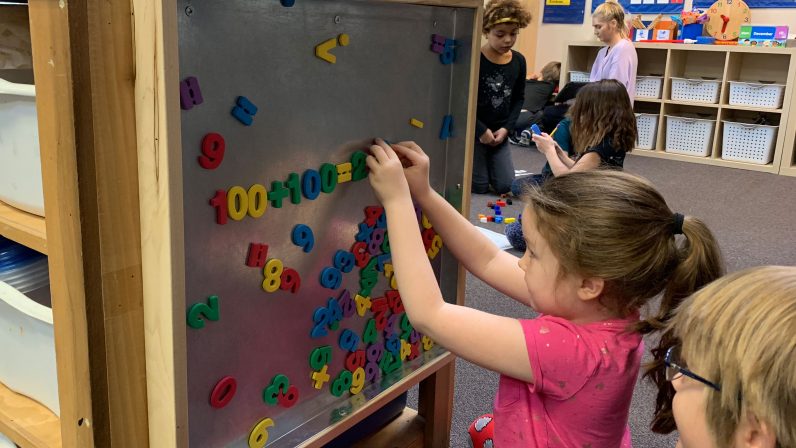We’ve been observing in classrooms lately, as part of our annual teacher evaluation process. Included are a classroom observation, answering a few questions via email, and an in-person follow-up meeting. Our intention is to acknowledge the wonderful things going on in a classroom, give specific feedback about what is observed, and choose areas for future growth. We want the process to be helpful, accurate, and reflective for each staff member.
I was talking with one of the teachers about her system for documenting student work, observation techniques, and ways she uses assessment to inform the direction of her curriculum instruction. I commented on the level of detailed attention and professionalism she uses to document each students’ progress. Her humble response was, “All the teachers here are constantly looking for ways to increase and improve learning, efficiency, and effectiveness in the classrooms.” It’s true and we’re always working toward elevating our professionalism throughout the school. This shows up in each classroom we visit.
One school-wide refinement we’ve been working on is redirecting student behavior without saying no. In the K-1 class I observed a beautiful example of this. After completing her math work, a child approached the small steel drum resting on a table and started making music. While the music was quite lovely, the teacher said, “Please pick a math game while your friends are doing math.” The child continued to express herself at the magnetic board where she made a number problem, 100+100=200 in a creative way. She used small dots to create one of the zeros, since she was out of zeros. Instead of feeling diminished in any way, through skillful redirection by her teacher, she simply shifted her expression to a different medium. The level of skillfulness involved in this interaction is cultivated by a teaching practice that is also a calling.
In the words of the late Irish poet/philosopher, John O’Donohue: “The nature of the calling can change over time, taking a person down pathways never anticipated. The calling opens new territories within the heart; this in turn deepens the calling itself. The faces of the calling change; what at the beginning seemed simple and clear can become ambivalent and complex as it unfolds. To develop a heart that is generous and equal to this complexity is the continual challenge of growth.” Taking a closer look at the work of our teachers, especially this time of year, deepens my appreciation for the daily opportunity to be among so many individuals who embrace the path of teaching as a calling.

